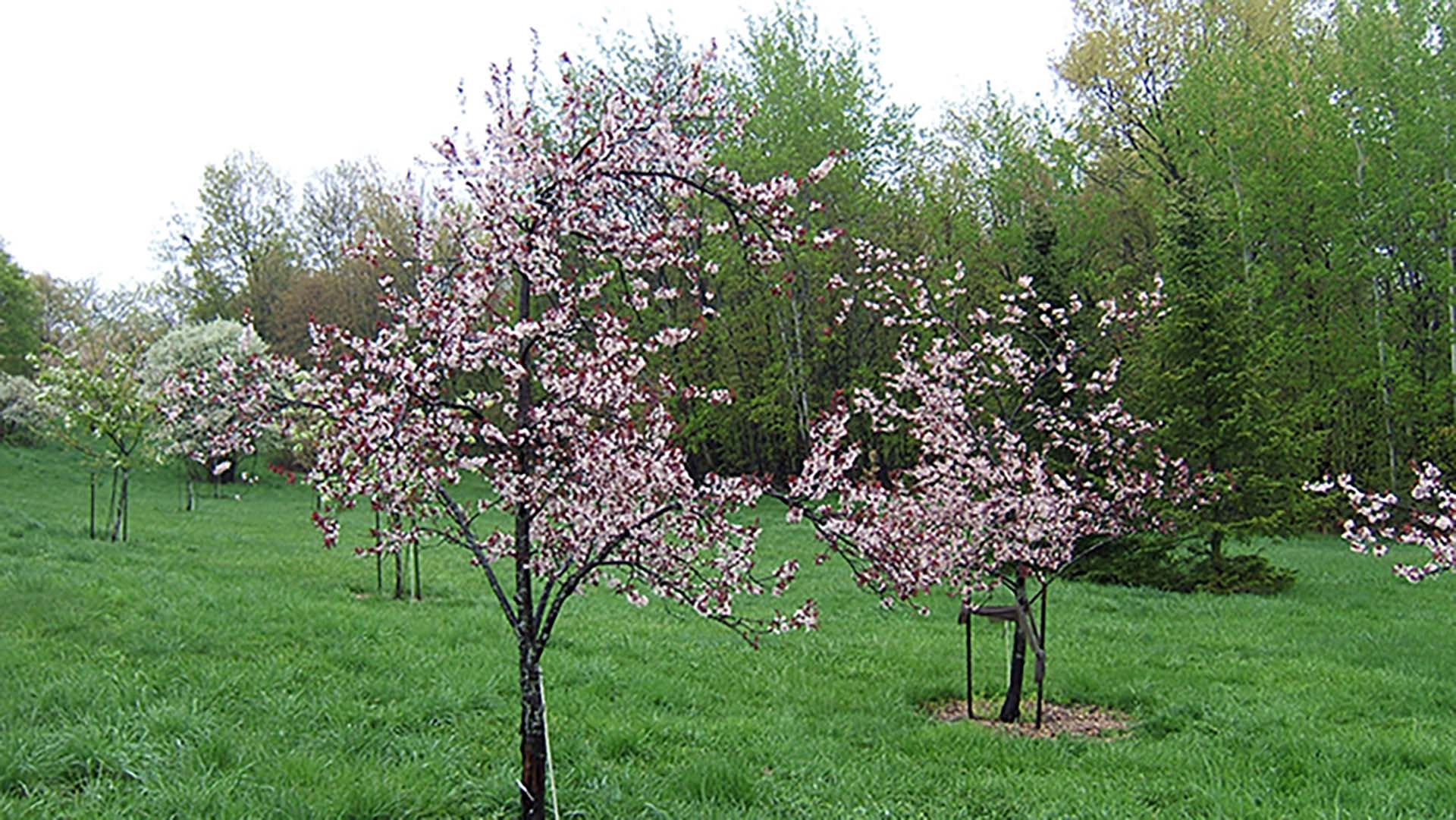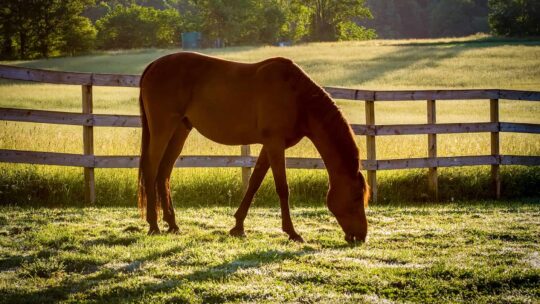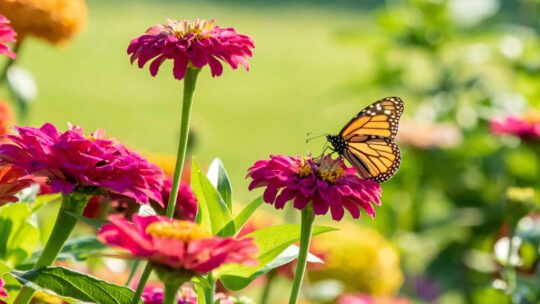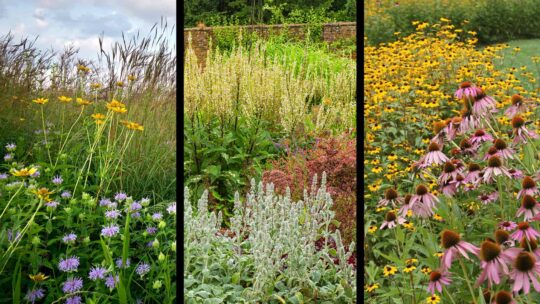Spring and Fall are great times of the year to plant new trees that enhance your backyard. From ornamental and edible trees to border and shade trees, additional foliage in your backyard provides excellent aesthetic and natural value.
The less stress the better when establishing vegetation. Newly planted trees are more susceptible to climate and moisture changes, as well as pest pressure such as deer browse or insect damage. Below are a few tips to support your new trees through the early stages of life in your backyard.
Watering:
When considering the best month to plant in your geographic area, aim for a mild climate with sufficient moisture. In addition to the natural conditions, your newly planted trees will need some TLC in the first few years of establishment to ensure they thrive. Think moist, but not soaked. Too much water can be just as detrimental as too little. The root system of young, newly planted trees takes several years to establish. For this reason, routine watering is key for the first year.
The amount and timing of watering will vary by climate, soil type, tree species, and size, but as a rule of thumb, water thoroughly three times per week, watering deeply, evenly, and slowly, all the way out to the drip line. During hot, dry summer months, water daily. Don’t forget to water several times in the winter dormant season as well, depending on natural precipitation. To retain moisture, mulching around the tree is beneficial. Wood chips or leaf litter provide a great, organic mulch that keeps moisture in, regulates soil temperature, suppresses weed growth around the trunk, and provides nutrients to the tree. Apply the mulch several inches deep and keep mulch several inches away from the base of the trunk.
Fertilization:
Do not fertilize newly planted trees for the first year of establishment. While counterintuitive, fertilizing young trees actually is detrimental to growth, as their nutrient needs are minimal, and important energy is spent building root systems. Excess fertilizer will stimulate the stems and leaves, taking away from the important root-building process in early development. After the first year, fertilizer may be used safely, if needed. Soil testing is beneficial to determine the soil-available nutrients as well as nutrient needs, prior to applying fertilizer. Most State Extension offices offer soil testing services. If fertilizer is recommended, ensure that you apply to correct type and rate of fertilizer, depending on your tree species, and never a “weed and feed” fertilizer that contains an herbicide that could harm the plant.
Recognize pest and wildlife pressure, that could harm your newly established trees. Insect damage such as Japanese beetles can stress new foliage. Wildlife pressure such as deer browse can also fatally damage newly establishing trees, if significant enough to the foliage and limbs. Pest control including exclusion fencing, integrated pest management (IPM), and pesticides if necessary are all useful strategies to help ensure newly planted trees thrive during initial establishment, and well into maturity.
Pruning Your Newly Planted Trees
Do not prune your newly planted tree for the first year of establishment. Pruning within the first year could add additional stress to a tree already dealing with the stress of transplant. Once established, select pruning is essential to ensure that your tree has even limbs and a strong trunk.
Finally, enjoy spending time with your new trees! Keep a watchful eye on their health, to ensure they prosper for years to come. From their aesthetic value to their benefit for birds and wildlife, there are numerous benefits to planting new trees in your backyard, for everyone to enjoy!




